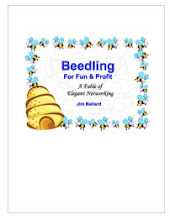
The prayer of the Life-Crafter
Help me to do only that which is mine.
Help me to seek until I find that which I alone was fashioned to do.
Let me not wander in the wilderness of others’ pursuits,
Wondering if I am to do what they do and seek what they seek.
Let me answer solely to that calling for which I was made,
That legacy which I alone can leave to this world.
May I, having determined to find my destiny, seek it unrelentingly.
Entering gladly the solitude in which alone it can be heard,
May I linger long in that silence, shutting out all else,
Until the treasured whispers of that sound come to me.
May I listen again and again until I hear that Voice within me.
Calling to my heart to do what waits to be done.
And once having heard and made it my sacred study,
Having determined that this and only this is my task,
Let me set myself to accomplish it fully, straying not from the path,
Heeding not the allurements of others’ success,
The trappings of convention, or what is newly fashionable.
My gaze ever unwinking on that which I have come to do.
This shall be my passion, my only goal in life and work:
To serve that end for which each part of me is fitted,
To bring into the world that which only I can create.
And when my life is at an end, and I look back
To see what was wrought by That which in me worked,
Emptied of toil, I’ll know the meaning of fulfillment.
-- Jim Ballard
Finally, this is better, that one do
His own task as he may, even though he fail,
Than take tasks not his own though they
seem good.
To die performing duty is no ill;
But who seeks other roads shall wander still.
-- The Song Celestial, Bhagavad Gita
Could you use support in finding your true calling and answering its challenge? Visit www.myjimballard.com
Please feel free to respond to this entry
by clicking on the comment link below.













